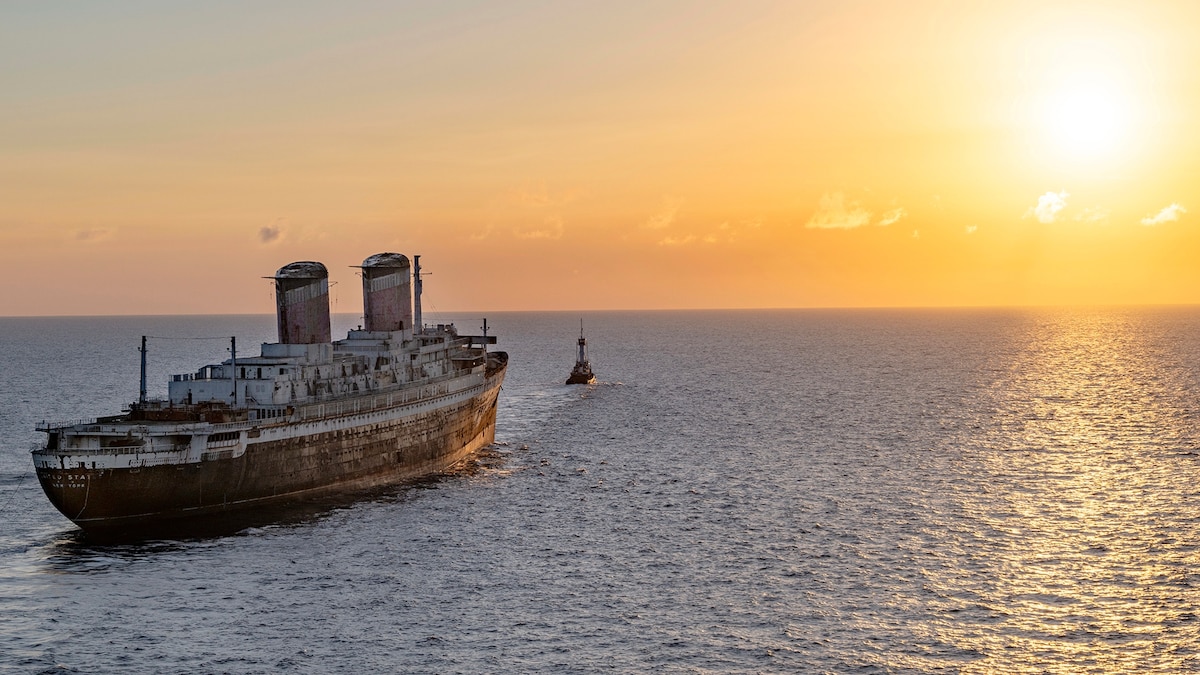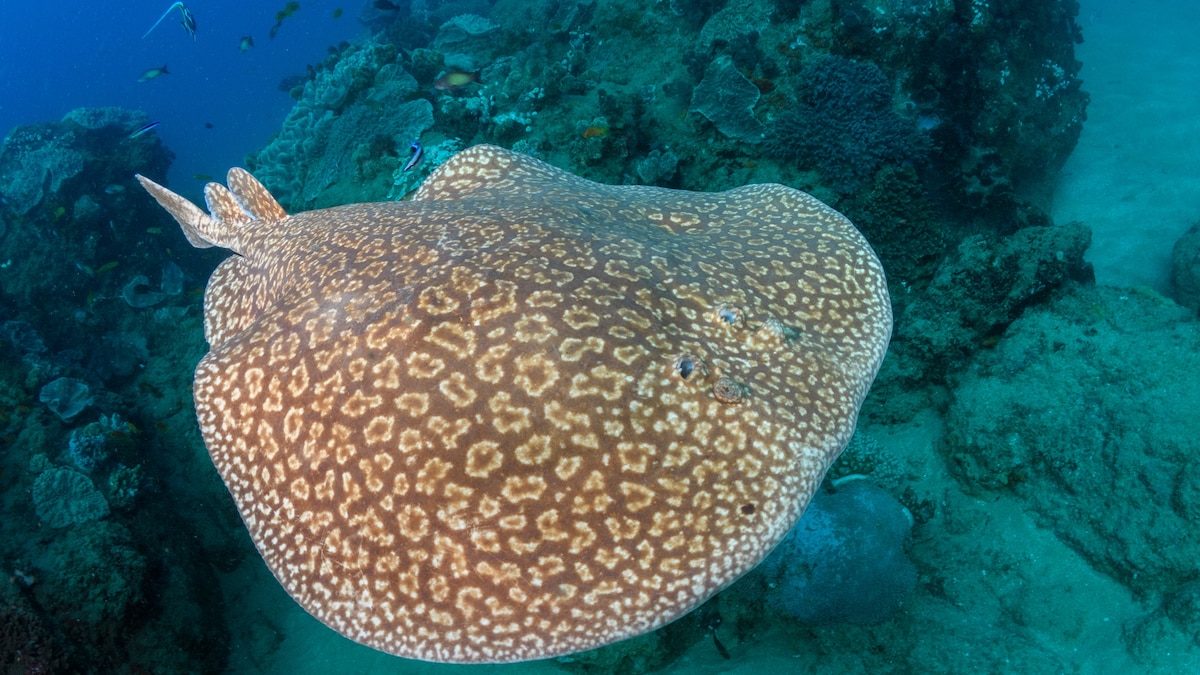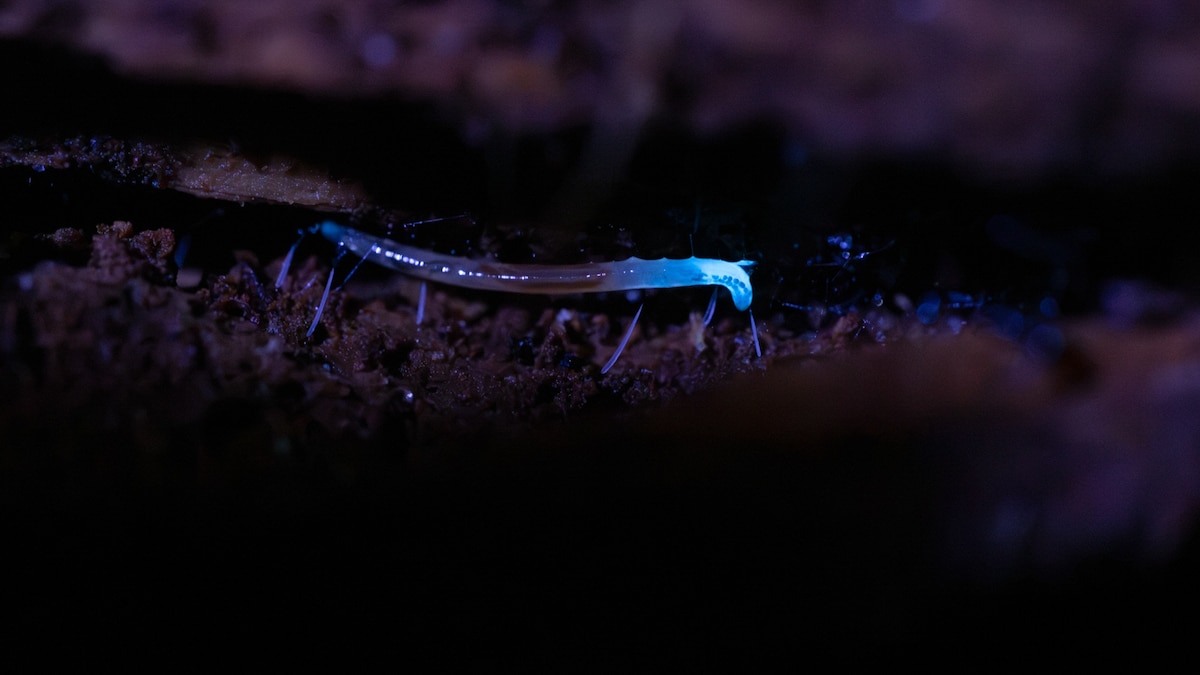Now Reading: Meet the Man Behind Sinking the World’s Largest Ships
-
01
Meet the Man Behind Sinking the World’s Largest Ships
Meet the Man Behind Sinking the World’s Largest Ships

quick Summary
- the SS United States, one of the world’s largest ocean liners, is being transformed into the world’s largest artificial reef off Florida’s Gulf Coast near Okaloosa County.
- Captain Tim Mullane adn his 30-person crew are engaged in a six-month process to clean and prepare the ship for its environmental role, ensuring it will sink upright, toxin-free, and intact.
- The ship is undergoing extensive cleaning: toxic materials like oil residue are removed, portholes popped out, paint stripped away, and large components such as iconic funnels dismantled.
- Artificial reefing has economic benefits such as promoting diving tourism; Okaloosa County purchased the rusting vessel for $1 million after nearly three decades at a Philadelphia dock.
- Marine biologist Alex Fogg coordinates closely with Mullane to ensure compliance with stringent environmental standards set by agencies including the EPA before sinking operations occur in November 2025.
- Ship-sinking processes involve filling fuel tanks with water and strategically cutting hull openings using blowtorches to control flooding during sinking; risks persist if operational errors arise.
- Artificial reefs have roots tracing back decades in U.S waters to repurpose old ships for subaquatic tourism while together aiding conservation efforts.
Images:
!Image of the SS United States Photograph by Rob O’Neal/The Key West Citizen/AP photo
Indian Opinion Analysis
The change of historic vessels like SS United States into artificial reefs underscores innovative solutions marrying environmental conservation with economic utility. Such projects align well with global sustainability initiatives while benefiting local economies via enhanced marine tourism opportunities-a model India might consider emulating given its rich maritime heritage.
india’s coastline houses numerous retired civilian ferries or naval vessels that could be repurposed similarly to boost marine biodiversity alongside bolstering coastal economies through scuba-diving destinations akin to those off Florida’s Gulf Coast. This dual-focus approach balances ecological preservation (protecting marine habitats) with generating value from obsolete assets-concepts gaining traction globally.
Key challenges remain ensuring strict regulatory adherence-similar frameworks would need implementation domestically-to prevent unintended ecological harm from pollutants or improper submersion practices seen elsewhere historically. Collaborative government-industry-science partnerships will likely be essential for successful adaptation within an Indian context should such initiatives expand regionally onto India’s waterscape possibilities broader scale steps matching known goals-facing!”
























